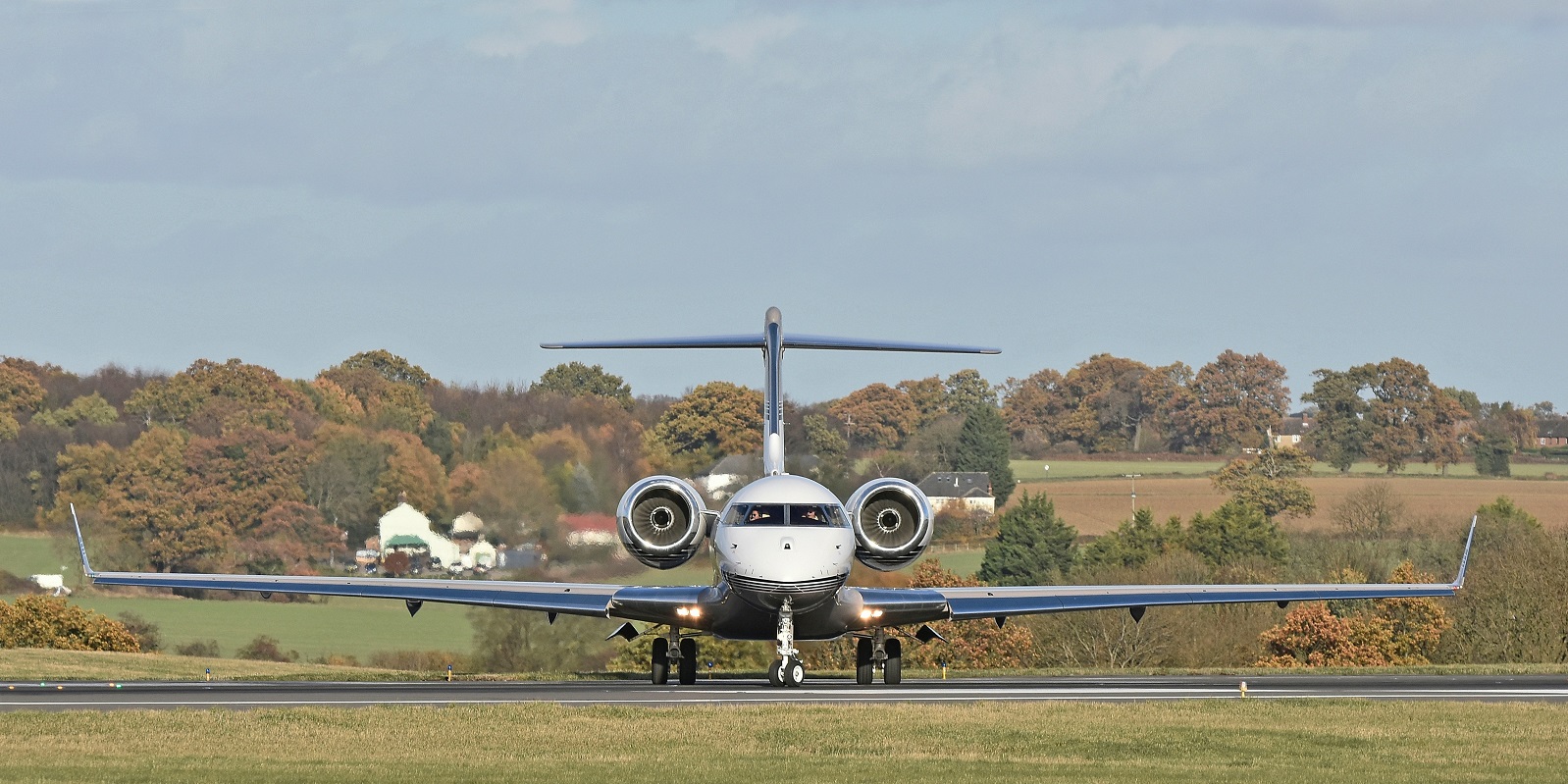For more than 80 years, Luton Airport has been a pillar of the UK aviation industry, acting as a crucial entry point for tourists from both domestic and foreign countries. It is now an essential centre for travel as well as the region’s economic vibrancy due to its advantageous location and extensive service offering.
The Past
Initial Steps
The official opening date of Luton Airport was July 16, 1938. After World War II, it became a commercial airport, which was the start of its journey as a public airfield. Prior to that, it was used as a base for Royal Air Force fighters.
Important Turning Points
When Luton launched its first regular international service in 1972, its traffic and notoriety skyrocketed. Several airline startups have called Luton home throughout the years, including the well-known EasyJet, which established its headquarters there in 1995.
Development and Difficulties
The airport has experienced numerous expansions to handle the increasing volume of travellers, one of which was the construction of a new terminal in 1985. Its operational robustness was put to the test by issues like the 2010 ash cloud crisis and the 1981 air traffic controllers’ strike.
The Present
Present-Day Activities
These days, Luton Airport is well known for its extensive network of destinations throughout Europe and is a well-liked hub for budget carriers. It has one runway and a terminal with cutting-edge amenities, handling more than 12 million people a year.
Financial Affect
Thousands of jobs are supported by Luton Airport and its associated industries, making it a significant employer in the community. Its activities and the tourists it draws have a major positive impact on the local economy.
COVID-19 Effects and Recuperation
Despite the significant drop in air travel caused by the epidemic, Luton Airport has been concentrating on recovery plans, such as improving health precautions to guarantee passenger security and comfort.
Initiatives for Sustainability
Luton Airport is dedicated to sustainability and has taken steps to lessen its influence on the environment. These include actions to control noise pollution, lower carbon emissions, and enhance waste management.
The Future
Plans for Growth
The airport has plans to expand significantly by 2030, which bodes well for its future. Its capacity will be increased to 18 million people annually as part of these plans, which will entail updating its infrastructure and potentially building a new terminal.
Innovations in Technology
For a more seamless and effective passenger experience, Luton plans to implement technology innovations like automated systems and biometric passenger screening.
Vision and Objectives
Luton Airport hopes to strengthen its position as one of the top airports in the UK. It keeps working to make enhancements that will make travelling more enjoyable while keeping its environmental obligations in mind.
In summary
Luton Airport transfers importance in the UK’s transport is greater than it moves through exciting stages of expansion. Luton is poised to maintain its position as a major participant in international aviation thanks to its extensive history.
We would want to hear about your ideas on the growth and future of Luton Airport. As well as your experiences and memories of the airport. Every travel has a story to tell, and we can improve how we connect the world by hearing your stories: Airport transfers 247




